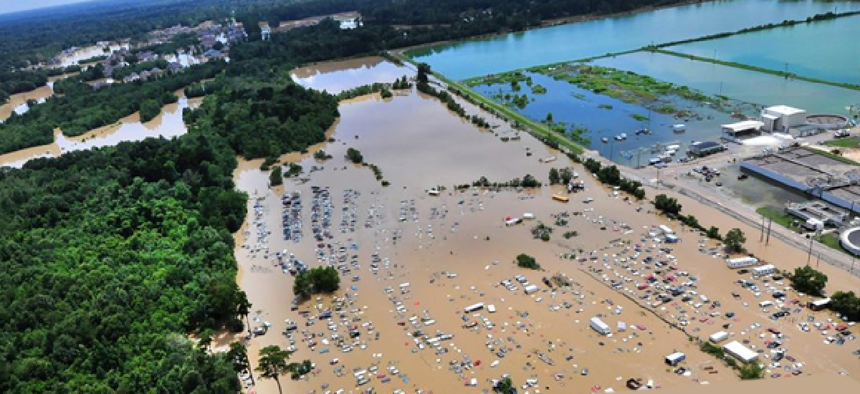Army tests climate model in Azure cloud
The Army Engineer Research and Development Center will test the scalability of its coastal storm modeling system, CSTORM-MS -- previously run on high-performance computers -- inside Microsoft’s Azure Government cloud.
The Army Engineer Research and Development Center (ERDC) is working with Microsoft to improve climate modeling and natural disaster resilience planning through the use of predictive analytics-powered, cloud-based tools and artificial intelligence services.
Under a new agreement, ERDC will test the scalability of its coastal storm modeling system, CSTORM-MS -- which was previously run on high-performance computers -- inside Microsoft’s Azure Government cloud.
The CSTORM-MS models provide can give coastal communities a robust, standardized approach for determining the risk of future storm events and for evaluating flood risk reduction measures caused by tropical and extra-tropical storms, as well as wind, wave and water levels.
Currently, CSTORM-MS models are run at ERDC’s Department of Defense Supercomputing Resource Center. In 2020, ERDC worked with DOD’s High Performance Modernization Program’s (HPCMP) on a feasibility study testing whether CSTORM-MS could be run in a commercial cloud. This initial testing with Microsoft’s Azure cloud was successful, ERDC officials said.
Through a Cooperative Research and Development Agreement between ERDC and Microsoft, the second phase of the project will demonstrate how well Azure can run CSTORM-MS’ entire North Atlantic Coast storm suite, which features a sea level rise value not previously simulated. The CRADA will also allow researchers to use the model results and replicate the workflow on other affected coastlines.
Since 2017, Microsoft’s AI for Earth project has been providing cloud-based tools and artificial intelligence services to organizations working on changing the way they monitor, model and manage Earth's natural systems.
This article first appeared on GCN, a partner publication with Defense Systems.





